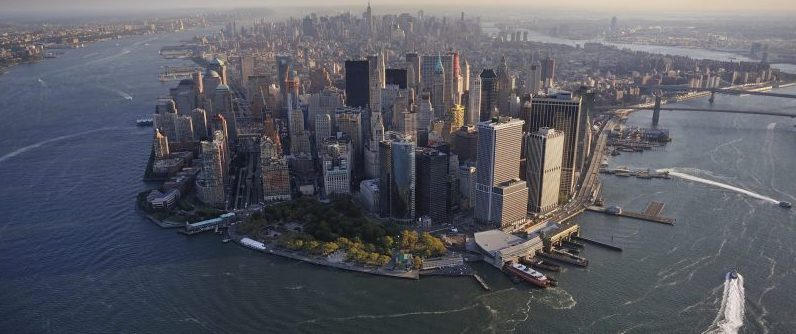You’d be hard-pressed to find a public servant who’s led a more impactful career than Joseph Seebode. In his three decades with the Army Corps of Engineers, he’s overseen emergency response and rebuilding actions in New York after the 9/11 attacks, the recovery efforts from Hurricane Sandy, and a recent multi-billion dollar dredging project in the New York Harbor.
For his leadership roles on these projects and others, he was honored as a finalist in the career achievement category at the 2017 Service to America Medals ceremony (SAMMIES). He recently chatted with Christopher Dorobek on the DorobekINSIDER to discuss project management efficiency, the Corps’ business process and the value of working a job that doesn’t feel like one.
When he started with the Army Corps of Engineers 35 years ago, Seebode was fresh out of graduate school with a master’s degree in environmental engineering. He came on as a junior engineer and has worked his way up to his current position as Deputy District Engineer and Chief of Programs and Project Management.
A signature achievement is his oversight of the project to dredge the channels leading into the Port of New York and New Jersey. The work underway has become a model of efficient project management. Not only did the effort come in $800,000 under budget, but the team found ways to repurpose all of the 50 million cubic yards of dredge material — enough to stack five miles high on a football field.
“[The] Corps of Engineers is not unlike private industry,” Seebode said. “We want to do things in the most efficient way. We don’t want to spend taxpayer money inefficiently. We want to have a business process and a program management system that’s going to allow us to get things done as quickly as we can.”
With his work on the dredging, Seebode joined a Corps lineage. In the early 17th century, when Henry Hudson was exploring the waters of this part of North America, the New York Harbor reached depths of just 15 to 18 feet.
Alongside the rise of industrialization and advancements to ship technology in the late 19th and early 20th centuries, the Army Corps of Engineers devised a plan to dredge the harbor to 35 feet. Decades later, the Water Resources Development Act of 1986 authorized dredging to 40 feet. But before the agency could complete that phase, it sought and acquired authorization for 45 feet, to accommodate for even further advanced technology. Finally, in the Water Resources Development Act of 2000, Congress approved dredging up to 50 feet.
Seebode and his team completed the project last year, and in September the Port of New York and New Jersey saw its largest ever freighter enter its waters.
“Whenever I’m on a plane, or on a vessel, or in a car, I’m always pointing out what the Army Corps of Engineers has done with little or no fanfare,” he said. “I come in on a plane and I look at jetties and I look at beaches that have been restored, and I look at hurricane protection projects. I look at levies and floodwalls, and I say, ‘That’s a product of your U.S. Army Corps of Engineers, who behind the scenes are putting in place infrastructure to protect the American people.’”
As noted above, Seebode and the team that worked on the post-Hurricane Sandy disaster relief efforts received widespread praise for their community-focused response. The 2012 storm made landfall in the New Jersey-New York area as a Category 1 hurricane and caused many billions of dollars in damage. In the aftermath, the Army Corps of Engineers pumped water out of more than a dozen flooded tunnels.
“Every [project] is different,” he said. “The most important thing is to have the partnership with all your other federal, state and local agencies. We worked hard to make sure those relationships are in place, … so everybody’s on the same wavelength as to what needs to be done.”
Enjoying these stories of the federal government’s undercover heroes? Check out the other SAMMIE finalists and follow their successes here.





Leave a Reply
You must be logged in to post a comment.